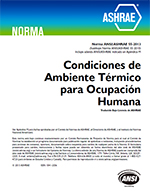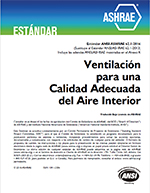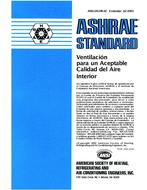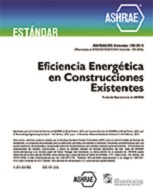Description
The safe and effective operation of a science facility deep underground poses a number of ventilation and cooling challenges. Ventilation air must be delivered from the surface to the occupied space and conditioned to meet the space requirements. Exhaust air and heat generated by the facility and its supporting infrastructure must be removed from the underground spaces and rejected back to the surface. In addition the requirement to maintain 40,000 tonnes of Argon in a liquid state results in a large amount of heat to be rejected. The mechanical design must overcome these challenges while limiting its footprint given the high cost of underground excavation. This paper will present the details of the mechanical ventilation and cooling design for a science facility located 4850 ft (1480 m) underground in the Sanford Underground Research Facility. The site will be comprised of 3 large caverns and a network of tunnels to be excavated over 6 phases. The installation of airside and waterside equipment will take place as the excavation proceeds posing operational challenges in meeting the space requirements. Ventilation air will be cooled and supplied to the experiment caverns through air handling units with chilled water cooling coils extracting heat from the spaces. Exhaust fans remove air from the caverns meeting the air change requirement and delivering the air to an underground spray chamber. The spray chamber is an excavated space where chiller cooling water is sprayed into the exhaust air. The exhaust air extracts heat from the sprayed water and returns to the surface through a vertical borehole while cooled water returns to the chillers. The paper also presents the constructability considerations which are a result of the phased excavation and operation of the facility. The mechanical design is flexible to limit the incremental changes between phases while maximizing the use of the excavated space and minimizing the client’s costs.
Citation: 2016 Annual Conference, St. Louis, MO, Conference Papers
Product Details
- Published:
- 2016
- Number of Pages:
- 8
- Units of Measure:
- Dual
- File Size:
- 1 file , 800 KB
- Product Code(s):
- D-ST-16-C015




